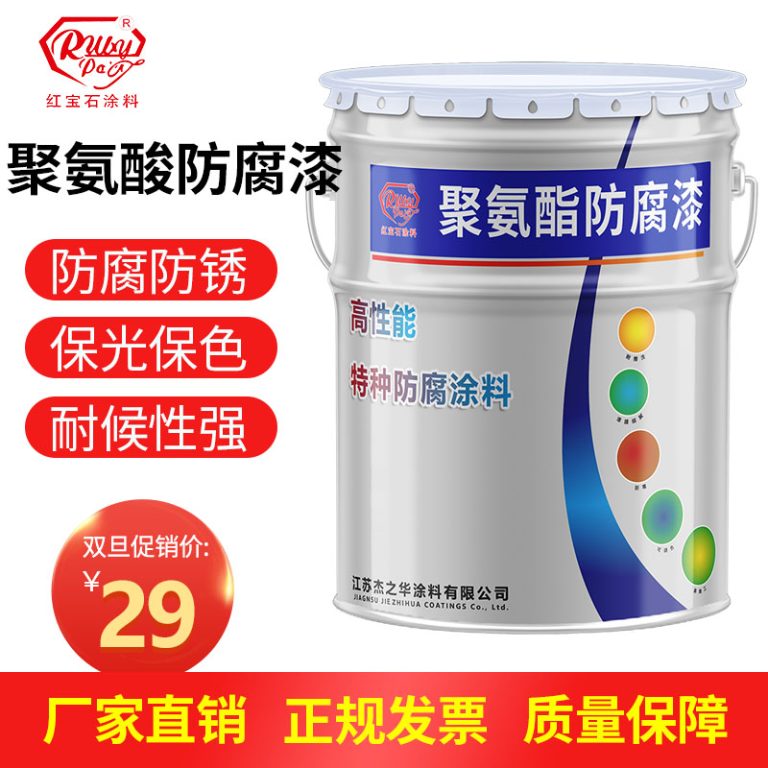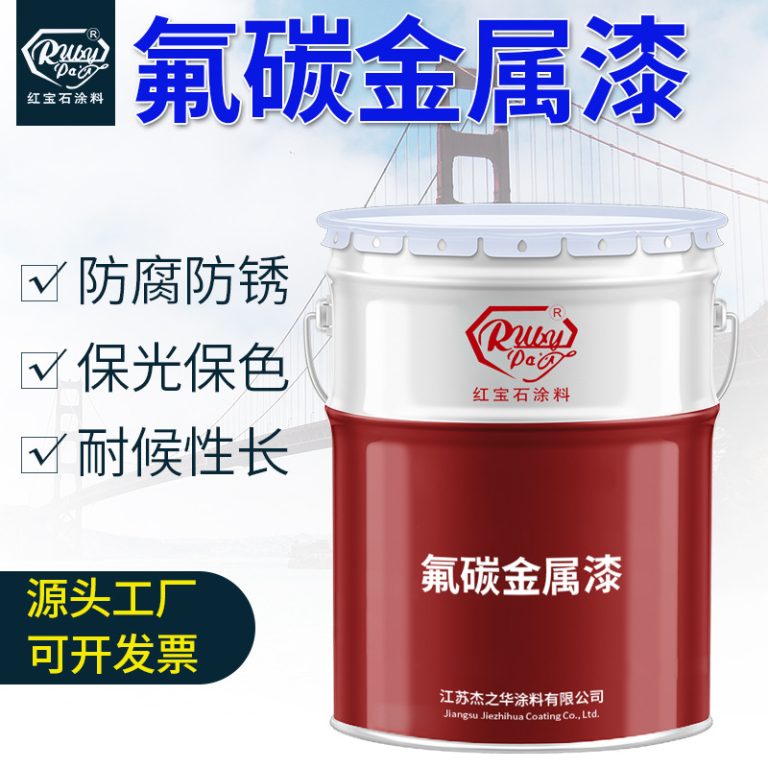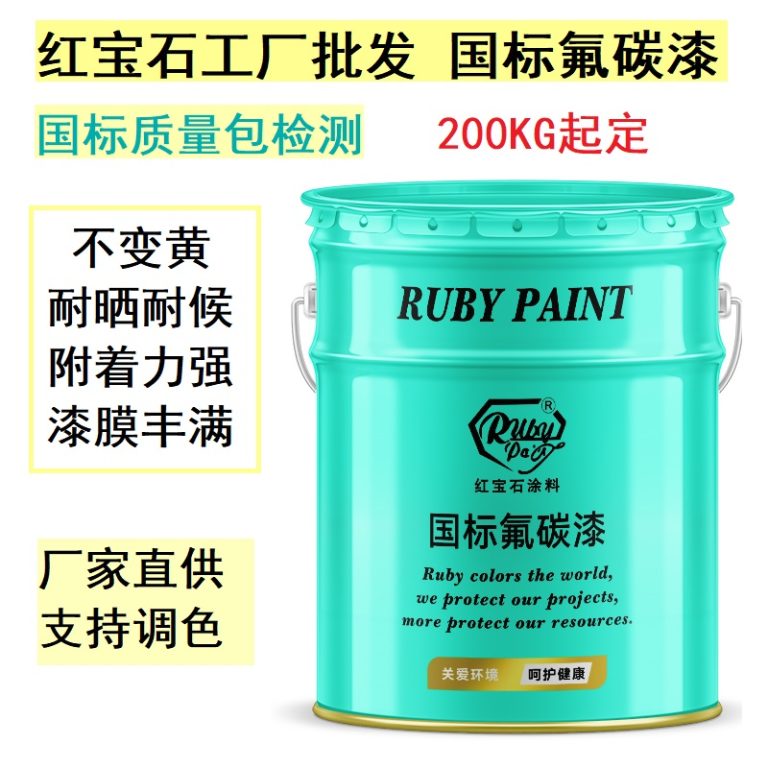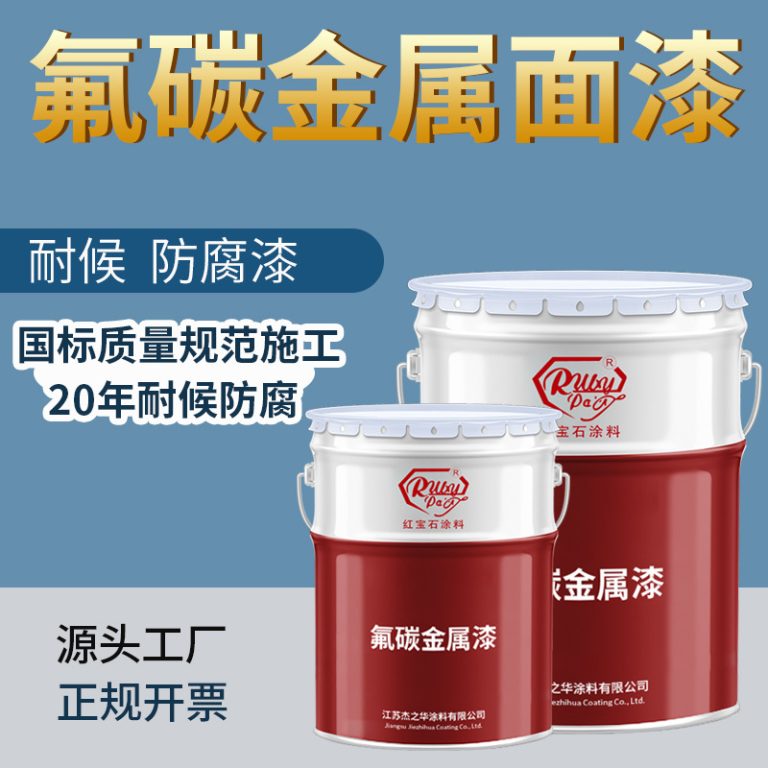Table of Contents
Benefits And Applications Of Fluorescent Paint Additives
Fluorescent paint additives are specialized substances that, when mixed with paint, enhance its visibility and brightness by emitting a glow under ultraviolet light. These additives have become increasingly popular due to their wide range of benefits and applications across various industries.
One of the primary benefits of fluorescent paint additives is their ability to improve safety. By increasing the visibility of objects, these additives are commonly used in safety applications such as road markings, emergency exit signs, and protective clothing. For instance, adding fluorescent paint to road markings can make them more visible to drivers during low-light conditions, thereby reducing the risk of accidents. Similarly, emergency exit signs coated with fluorescent paint are easier to locate during power outages or in smoke-filled environments, facilitating quicker and safer evacuations.
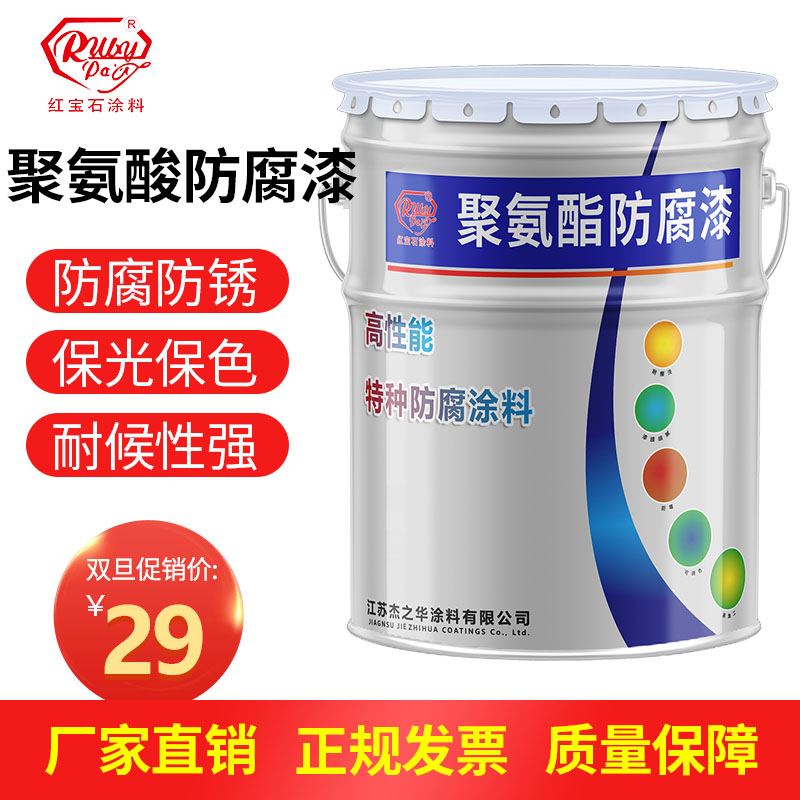
Moreover, fluorescent paint additives are also used extensively in the arts and entertainment industry. They are employed in creating striking visual effects in theaters, nightclubs, and amusement parks. Artists often use these additives to bring a unique glow to their paintings and sculptures, making their artwork stand out under ultraviolet light. This not only enhances the aesthetic appeal but also adds a dynamic element to the art, captivating the audience’s attention.
In addition to safety and artistic applications, fluorescent paint additives are also utilized in various commercial and advertising strategies. Businesses use fluorescent paints to make their signage and advertisements more eye-catching, especially during nighttime. This increased visibility can attract more customers and boost sales. Furthermore, these additives are used in product packaging to make items more noticeable on crowded shelves, helping brands differentiate their products from competitors.
Another significant application of fluorescent paint additives is in scientific research and diagnostics. In medical and biological research, these additives are used to tag and track cells, proteins, and other biological molecules under a microscope. This allows researchers to observe and analyze biological processes in real-time, leading to a better understanding of diseases and the development of new treatments. Similarly, in forensic science, fluorescent paint is used to enhance the visibility of fingerprints and other evidence, aiding in crime scene investigations.
The versatility of fluorescent paint additives extends to the industrial sector as well. They are used in non-destructive testing to check for defects in materials and structures. By applying a fluorescent paint coating, inspectors can easily identify cracks, leaks, and other imperfections under ultraviolet light, ensuring the safety and integrity of industrial equipment and infrastructure.
| Serial No. | Commodity Name |
| 1 | Epoxy Zinc rich paint |
In conclusion, fluorescent paint additives offer a multitude of benefits and have a wide array of applications across various fields. From enhancing safety and visibility to creating captivating visual effects and aiding scientific research, these additives have proven to be invaluable tools. As technology advances, it is likely that the use of fluorescent paint additives will continue to expand, opening up new possibilities and applications that can further benefit society.
How To Choose The Right Fluorescent Paint Additive For Your Project
When embarking on a project that involves the use of fluorescent paint, selecting the right fluorescent paint additive is crucial to achieving the desired results. Fluorescent paint additives are substances that can be mixed with paints to enhance their brightness and glow under ultraviolet light. These additives are widely used in various applications, from artistic projects and theatrical productions to safety markings and industrial uses. Understanding the different types of additives available and their specific properties will help you make an informed decision that aligns with your project’s requirements.
Firstly, it is important to consider the base paint you will be using. Fluorescent paint additives are formulated to be compatible with different types of paints, such as water-based, oil-based, or acrylic. Ensuring that the additive is suitable for the type of paint you plan to use is essential for optimal performance and durability. For instance, using a water-based additive with an oil-based paint could lead to issues such as poor adhesion and uneven color distribution.
| Number | Name |
| 1 | Fluoracarbon finish paint |
Next, the intensity and longevity of the fluorescence are key factors to consider. Different additives offer varying levels of glow intensity and duration. Some additives may provide a bright, intense glow but for a shorter period, while others might offer a more subdued but longer-lasting effect. Depending on the nature of your project, you may prioritize one over the other. For example, if you are working on a temporary installation or a theatrical set, a high-intensity, short-duration glow might be preferable. Conversely, for safety markings or permanent displays, a longer-lasting fluorescence could be more important.
Another consideration is the color range available. Fluorescent paint additives come in a variety of colors, and the choice of color can significantly impact the visual impact of your project. Some additives might have limitations in terms of the colors they can produce, so it is important to check whether the additive can provide the specific shade you need. Additionally, the color’s visibility under different lighting conditions should also be taken into account, as some colors may appear more vibrant under UV light than others.
The ease of application and mixing is also a crucial aspect to consider. Some fluorescent paint additives may require specific mixing ratios or application techniques to achieve the best results. It is important to follow the manufacturer’s instructions carefully to avoid any issues such as clumping or uneven distribution of the additive within the paint. Additionally, consider the drying time and the overall workability of the paint and additive mixture to ensure it suits your project’s timeline and complexity.
Lastly, safety and environmental considerations should not be overlooked. Always check the safety data sheets for any fluorescent paint additive you are considering to ensure that it does not contain harmful chemicals or volatile organic compounds (VOCs). Opting for non-toxic and environmentally friendly additives can contribute to a safer working environment and reduce the ecological impact of your project.
In conclusion, choosing the right fluorescent paint additive involves a careful evaluation of several factors, including compatibility with the base paint, fluorescence intensity and duration, color range, ease of application, and safety considerations. By taking the time to assess each of these aspects in relation to your specific project needs, you can select an additive that not only enhances the visual appeal of your work but also ensures its longevity and safety.

